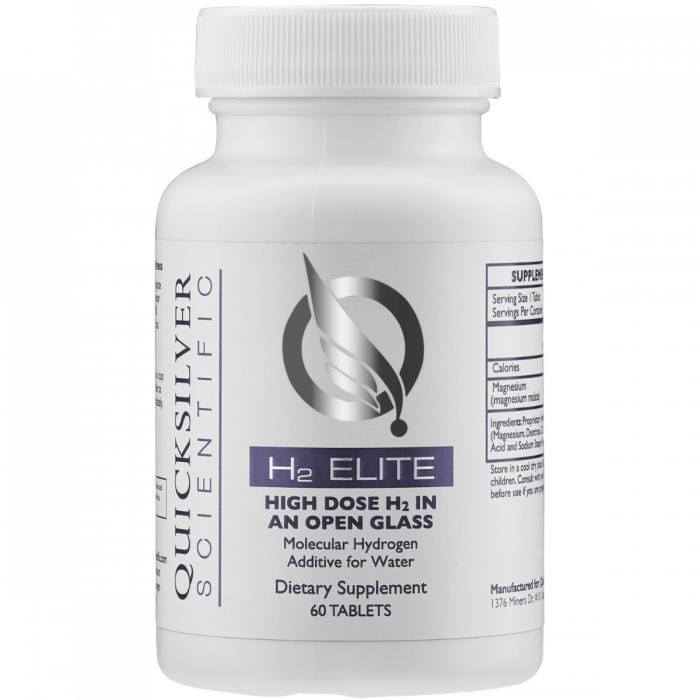 私たちのほとんどは、COVID、義務、および政府による規制の強化を除いて、ニュースに集中できないようですが、当然のことながら、EPAは、絶滅危惧種への影響についてグリホサート除草剤のレビューを最終的に完了しました。
私たちのほとんどは、COVID、義務、および政府による規制の強化を除いて、ニュースに集中できないようですが、当然のことながら、EPAは、絶滅危惧種への影響についてグリホサート除草剤のレビューを最終的に完了しました。
In Dec of 2020, the EPA found glyphosate herbicides caused Likely Adverse Effects (LAA) for 93% of species and 97% of critical habitats - 1,676 species and 759 critical habitats.
今週の発表で、彼らはアトラジンとシマジンも同時にレビューしたことを共有しました。3つの化学物質は、リチャードニクソン大統領による1973の絶滅危惧種法に基づくプロセスを最初に通過しました。はい、グリホサートとこれらの化学物質が私たちの野生生物に与える影響を検討するのに48年かかりました。信じられない。
Meanwhile, during the last 50 years, 70% of our animal population has died.
Much of the animal and marine life's primary food source, insects, are threatened with extinction. 40%, to be exact, of our insect population, are in jeopardy, and 75 of the top 115 global food crops depend on insect pollination.
COVIDは現在、世間の注目を集めていますが、この地球上での私たちの存在は、グリホサートやその他の有毒化学物質の継続的な噴霧によって毎日脅かされています。
 Article from Progressive Farmer DTN by Todd Neely.
Article from Progressive Farmer DTN by Todd Neely.
LINCOLN, Neb. (DTN) -- EPA finalized its biological evaluations on glyphosate, atrazine, and Simazine, finding all three herbicides are "likely to adversely affect" certain species listed. Under the Endangered Species Act and their "designated critical habitats."
The agency released the biological evaluations after its regular business hours on Friday, stating in a news release, "These evaluations encompass all registered uses and approved product labels for pesticide products containing these three herbicides."
EPA said the "likely to affect" determination adversely means the agency "reasonably expects" that "at least one individual animal or plant, among a variety of listed species, may be exposed to the pesticide at a sufficient level to have an effect, which will be adverse."
This is a process all pesticides must now go through, as required by the Endangered Species Act. These chemicals are among the first ag pesticides to undergo these evaluations.
Now EPA sends its evaluations to the U.S. Fish and Wildlife Services and National Marine Fisheries Service, who will develop their own biological opinions based on EPA's findings. If the services find that these chemicals put an endangered species or critical habitat in "jeopardy," they will work with EPA to "propose additional protections," the agency said. That could come in the form of new labels and use restrictions on these three chemicals.
Not all species or habitats identified in the evaluation as at risk from these glyphosate, atrazine, or Simazine will necessarily require significant changes to the registrations of these three chemicals, the EPA noted.
Moms Across America calls for our supporters to contact the U.S. Fish and Wildlife Services and National Marine Fisheries Service to tell them that glyphosate, atrazine, and simazine herbicides need to be BANNED from use, not simply restricted. Here are a few reasons why.
- Glyphosate residues and its toxic chemical breakdown AMPA have been found 20+ years later in the soil.
- Glyphosate residues runoff from agricultural, landscaped, and utility areas sprayed soil into waterways, endangering marine life.
- Glyphosate residues attach to evaporating particles in water and later come down as rain in nature preserves and areas where endangered species struggle to survive.
- Extremely low levels of glyphosate herbicides have been found to cause endocrine disruption. Therefore only a complete ban on the use of this herbicide will eventually be effective in reducing harm to endangered species.
- New labeling and restrictions will not prevent exposure to endangered species.
- Atrazine and Simazine have both been found to impact the reproductive organs of aquatic life and be toxic to wildlife.
We urge you to click here to easily send a pre-drafted letter to the U.S. Fish and Wildlife Services and National Marine Fisheries Service to tell them that glyphosate, atrazine, and simazine herbicides need to be BANNED from use, not simply restricted.
健全なコミュニティの構築にご協力いただき、ありがとうございます。






2反応を表示しています
でサインイン